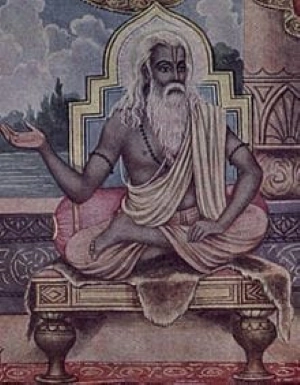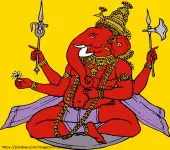Recommended for you
A complaint that Sri Hari is showing partiality in favour of the earlier three yugas
 Click here to know more..
Click here to know more..
Do you know why you have to get up and greet divinities and elders?
 Click here to know more..
Click here to know more..
Shankara Guru Stotram

vedadharmaparapratisht'hitikaaranam yatipungavam keralebhya upasthitam bharataikakhand'asamuddharam. aahimaadriparaaparokshitavedatattvavibodhakam sam....
Click here to know more..
English Topics
Atharva Sheersha
Click on any topic to open
- 4 Ganesha Atharva Sheersha explained-Part 1
- 3 Ganesha Atharva Sheersha explained-Part 2
- 2 Ganesha Atharva Sheersha explained-Part 3
- 1 Ganesha Atharva Sheersha explained-Part 4
Please wait while the audio list loads..
30
Ganapathy
Shiva
Hanuman
Devi
Vishnu Sahasranama
Mahabharatam
Practical Wisdom
Yoga Vasishta
Vedas
Rituals
Rare Topics
Devi Mahatmyam
Glory of Venkatesha
Shani Mahatmya
Story of Sri Yantra
Rudram Explained
Atharva Sheersha
Sri Suktam
Kathopanishad
Ramayana
Mystique
Mantra Shastra
Bharat Matha
Bhagavatam
Astrology
Temples
Spiritual books
Purana Stories
Festivals
Sages and Saints
26
15
13
Copyright © 2024 | Vedadhara | All Rights Reserved. | Designed & Developed by Claps and Whistles
